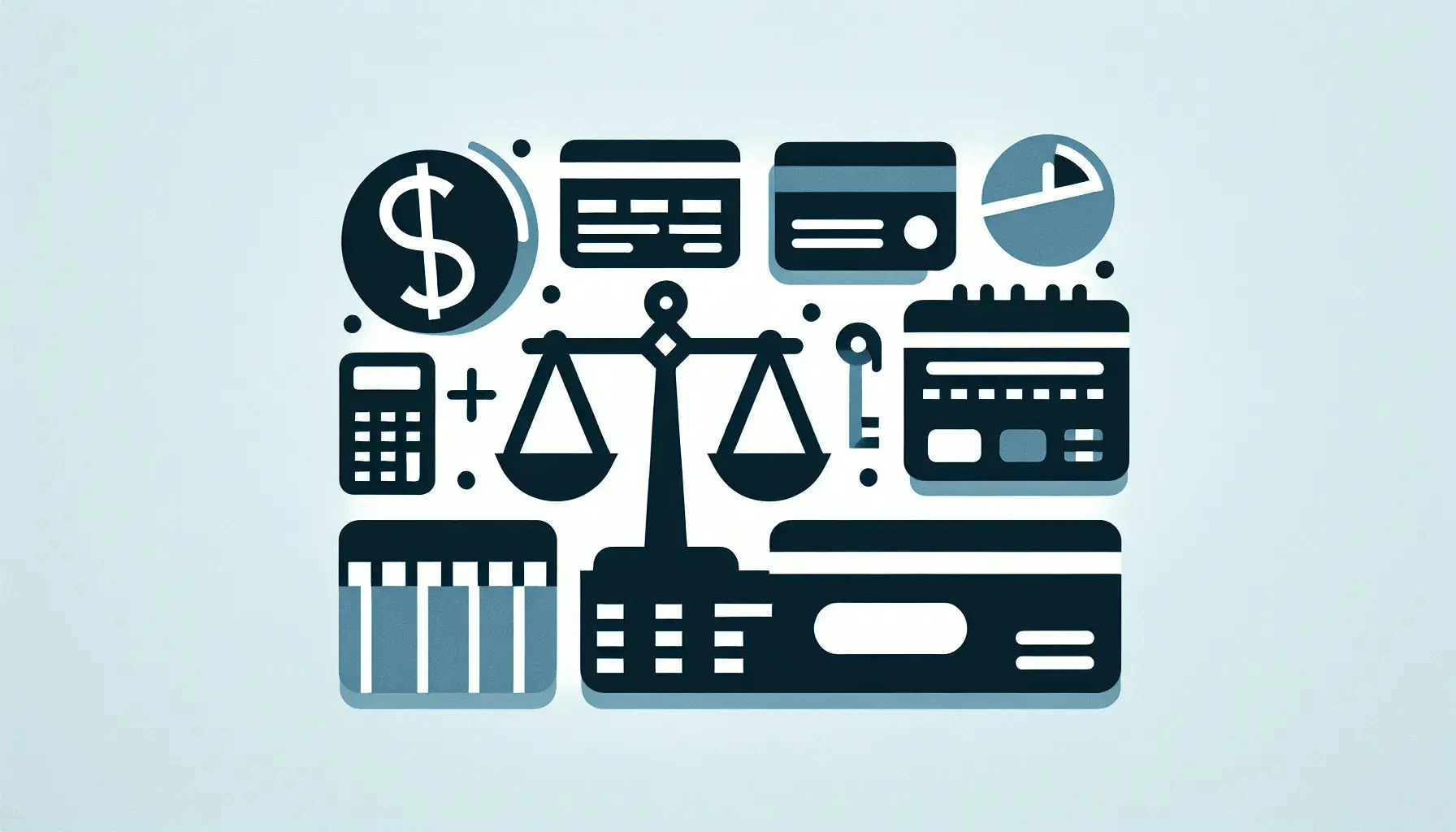Welcome to this comprehensive guide where we unravel the mystery of credit limit and available balance. These two terms are often used interchangeably, but they have distinct meanings. Understanding the difference between them is crucial for managing your finances effectively. This blog post will provide a detailed explanation of these concepts, their implications, and how to use this knowledge to your advantage.
Understanding Credit Limit
Let's start by defining the term 'credit limit.' This term refers to the maximum amount that a credit card company or bank allows you to borrow. It's the upper boundary set on your credit card or line of credit. The credit limit is determined by several factors, including your credit score, income, and repayment history.
Credit card companies periodically review your account and may decide to increase or decrease your credit limit based on your credit behavior. If you consistently pay your bills on time and maintain a low credit utilization ratio, you might be rewarded with a higher credit limit. Conversely, if you frequently max out your credit card or make late payments, your credit limit may be reduced.
It's important to note that your credit limit is not a target to reach, but a boundary to respect. Maxing out your credit card can negatively impact your credit score and make it harder for you to obtain credit in the future. Therefore, it's advisable to keep your credit utilization ratio – the percentage of your credit limit that you're using – below 30%.
Deciphering Available Balance
Now, let's turn our attention to the term 'available balance.' This term refers to the amount of money you can spend or withdraw from your account at any given time. It's the difference between your credit limit and your current balance, which includes any purchases, cash advances, fees, and interest charges that you've incurred.
Your available balance can change throughout the day as you make purchases, payments, and other transactions. It's important to keep track of your available balance to avoid overspending and incurring overdraft fees. If you exceed your available balance, you may be charged an over-limit fee, and your transaction may be declined.
Just like your credit limit, your available balance is not a target to reach, but a limit to respect. Spending all of your available balance can lead to financial stress and debt. Therefore, it's advisable to keep a buffer in your account to cover unexpected expenses.
The Relationship Between Credit Limit and Available Balance
Having defined both terms, it's time to explore the relationship between credit limit and available balance. These two concepts are closely related but serve different purposes.
Your credit limit is the maximum amount you can borrow, while your available balance is the amount you can spend or withdraw at any given time. As you make purchases or withdraw cash, your available balance decreases, but your credit limit remains the same unless your credit card company decides to change it.
It's important to understand that your available balance is not a static figure. It fluctuates as you make transactions and payments. On the other hand, your credit limit is a fixed amount that only changes when your credit card company adjusts it.
The Impact on Your Credit Score
Both your credit limit and available balance can impact your credit score. Your credit utilization ratio, which is the percentage of your credit limit that you're using, is a key factor in the calculation of your credit score.
A high credit utilization ratio can indicate that you're relying heavily on credit, which can negatively impact your credit score. Therefore, it's advisable to keep your credit utilization ratio below 30%. This means that if your credit limit is $10,000, you should try to keep your balance below $3,000.
Your available balance also plays a role in your credit score. If you consistently have a low available balance, it can indicate that you're overspending and may struggle to repay your debt, which can lower your credit score.
Managing Your Credit Limit and Available Balance
Now that we've explored the concepts of credit limit and available balance and their impact on your credit score, let's discuss how to manage them effectively.
Firstly, aim to keep your credit utilization ratio low. This not only helps to maintain a good credit score but also ensures that you have a buffer in case of emergencies. Regularly check your available balance and make sure it aligns with your spending habits and budget.
Secondly, make timely payments. This can help you avoid interest charges and late payment fees, and it can also increase your available balance. If you're struggling to make payments, consider seeking advice from a financial counselor or negotiating a payment plan with your credit card company.
Lastly, be mindful of your spending habits. Avoid impulse purchases and only use your credit card for necessary expenses. This can help you keep your balance low and your available balance high, which can benefit your credit score.
The Bottom Line
Understanding the difference between your credit limit and available balance is crucial for effective financial management. Your credit limit is the maximum amount you can borrow, while your available balance is the amount you can spend or withdraw at any given time.
By keeping your credit utilization ratio low and making timely payments, you can maintain a good credit score and avoid financial stress. Remember, your credit limit and available balance are not targets to reach, but limits to respect.
Wrapping Up: Credit Limit versus Available Balance
We've now unraveled the mystery of credit limit and available balance. These two concepts play a crucial role in your financial health. By understanding the difference between them and managing them effectively, you can maintain a good credit score, avoid financial stress, and achieve your financial goals. Remember, knowledge is power. Use this knowledge to your advantage and take control of your financial future.

